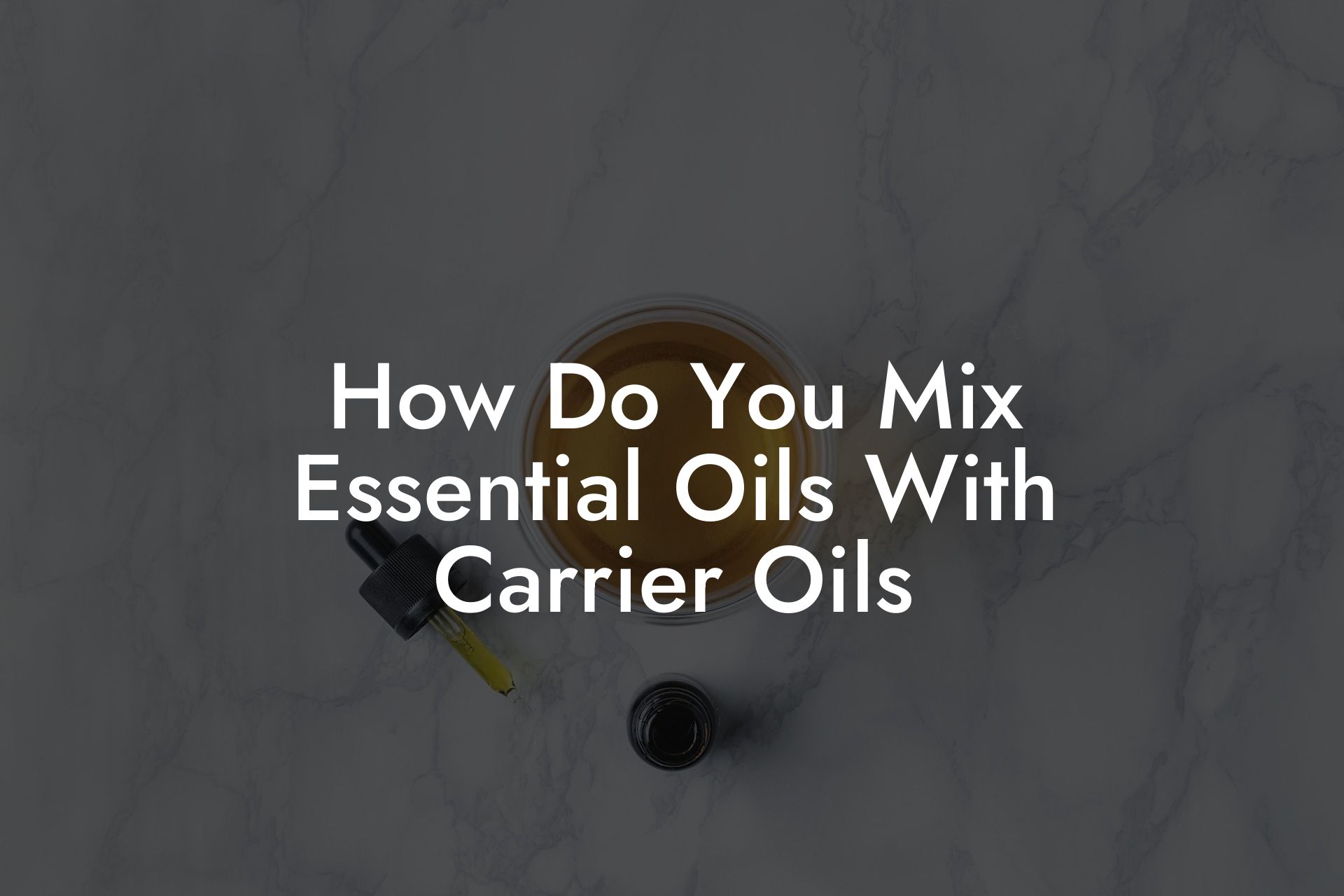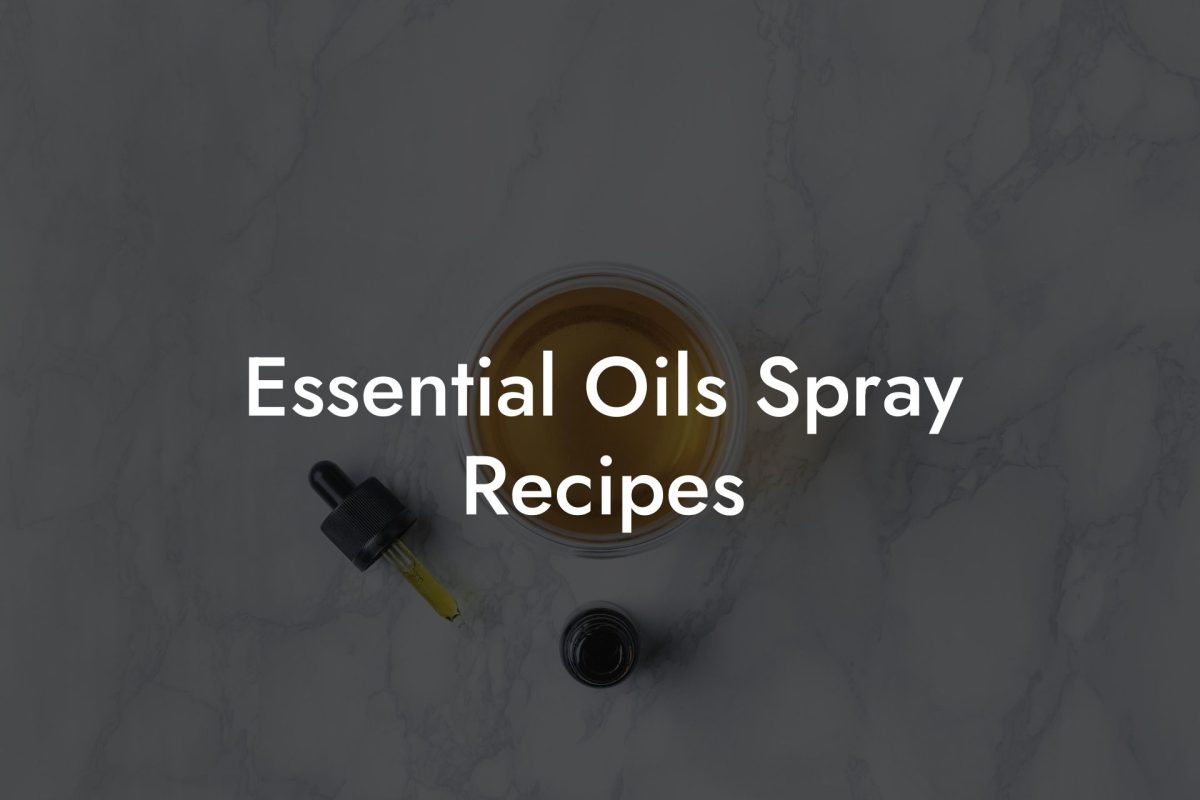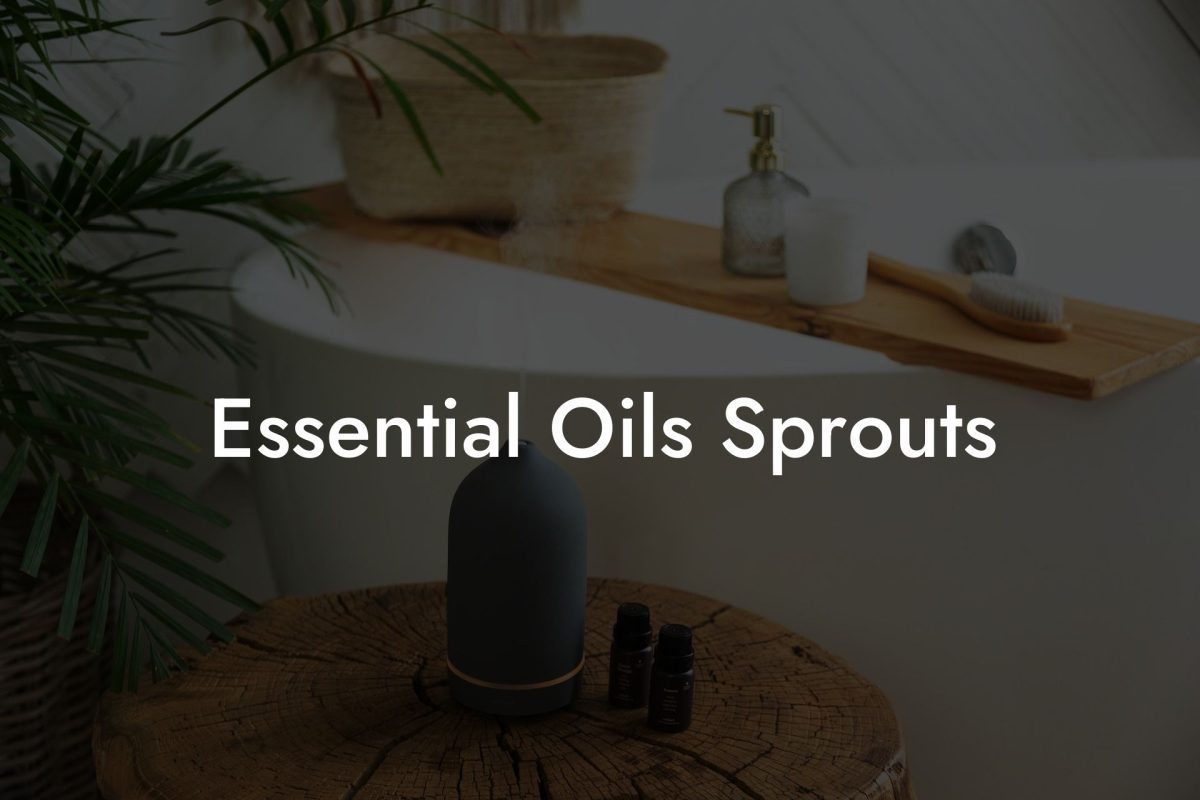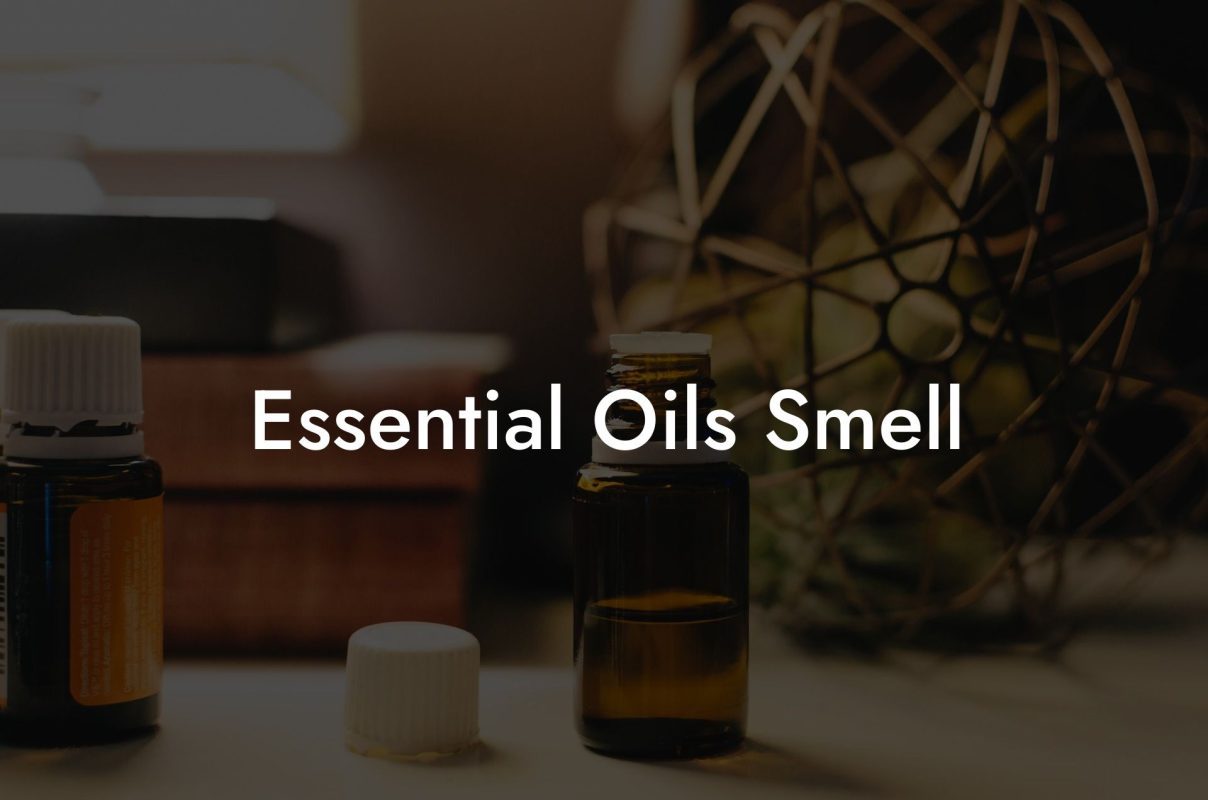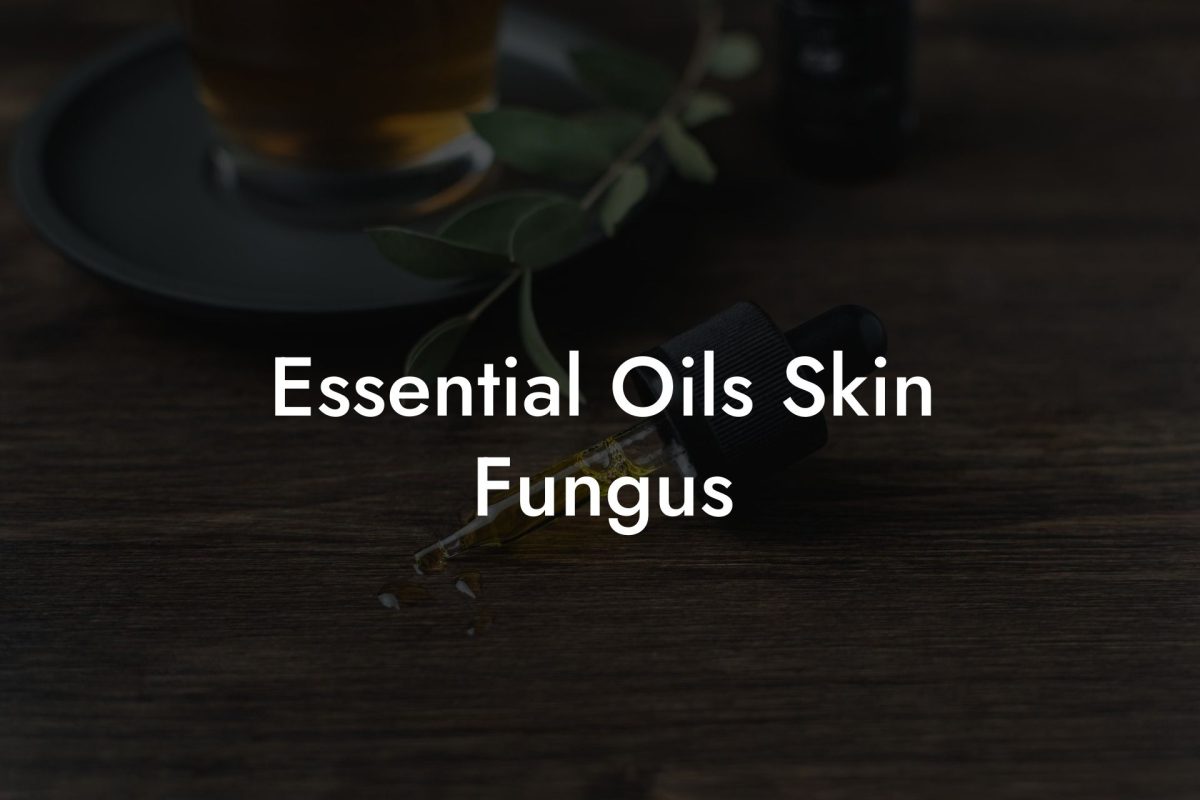Are you new to the world of essential oils and wondering how to mix them with carrier oils for maximum benefits? You’re in luck! This comprehensive guide will teach you the basics of blending essential oils with carrier oils, ensuring safe and effective use for a myriad of applications.
Table of Contents
The Importance of Mixing Essential Oils with Carrier Oils
Essential oils are highly concentrated plant extracts, which means they can be quite potent. To prevent irritation, skin sensitivities, or adverse effects when applying topically, essential oils should always be diluted in a carrier oil.
What Are Carrier Oils?
Carrier oils are vegetable-based oils derived from the fatty portion of a plant, usually the seeds, nuts, or kernels. They “carry” the essential oil into the skin, providing nourishment while preventing direct skin contact with the pure, concentrated essential oil.
Choosing the Right Carrier Oil
Different carrier oils offer different properties, and it’s essential to choose one that complements the intended use of your essential oil blend.
- Sweet Almond Oil: Rich in Vitamin E and suitable for most skin types, this versatile oil is ideal for use in massages, skincare, and haircare applications.
- Jojoba Oil: Closely resembling the sebum of human skin, jojoba oil is an excellent choice for facial or haircare blends, as well as those with acne-prone or oily skin.
- Coconut Oil: With its antimicrobial and moisturizing properties, coconut oil is perfect for lotion and cream formulations, as well as hair and body oil blends.
- Argan Oil: High in vitamins and antioxidants, argan oil is a luxurious option for face and hair care blends, especially for mature or damaged skin.
- Avocado Oil: Rich in nutrients and vitamins, avocado oil is recommended for deeply nourishing blends targeting dry or sensitive skin.
- Grapeseed Oil: Lightweight and easily absorbed, grapeseed oil is suitable for most skin types and works well as an all-purpose carrier oil.
Recommended Dilution Ratios
Following proper dilution guidelines is crucial for ensuring the safe use of essential oils. Here are some general guidelines to help you blend your oils:
- For adults, a 1-3% dilution is generally recommended. This equals 6-30 drops of essential oil per ounce of carrier oil.
- For children over 2 years of age, a 0.5-1% dilution is advised, which equals 3-6 drops of essential oil per ounce of carrier oil.
- For facial or sensitive skin applications, a 0.5-1% dilution is recommended (3-6 drops of essential oil per ounce of carrier oil).
Keep in mind that these are general guidelines, and it’s essential to research each essential oil individually, as some may require lower dilution ratios.
Blending Tips and Techniques
When blending essential oils and carrier oils, follow these tips for the best results:
- Measure your carrier oil in a glass or stainless-steel container, preferably with a dropper or pipette for accurate measurements.
- Add your desired essential oil drops, ensuring that you adhere to the proper dilution ratio.
- Stir gently to mix the oils thoroughly.
- Store your blend in a dark, glass container to protect it from light degradation and prolong its shelf life.
How Do You Mix Essential Oils With Carrier Oils Example:
If you wish to create a relaxing massage oil blend, start with 1 ounce (30 mL) of sweet almond oil. Based on a 2% dilution, add 12 drops of lavender essential oil. Gently mix the oils together, and store your blend in a dark, glass bottle. Now you have a soothing massage oil, ready for use!
Now that you know how to mix essential oils with carrier oils, you’re ready to start creating your own custom blends! Don’t forget to share this guide with your friends and family, explore other helpful articles on the Oshu Oils blog, and check out our range of artisan essential earth oils to support your healthy and balanced lifestyle. Happy blending!

